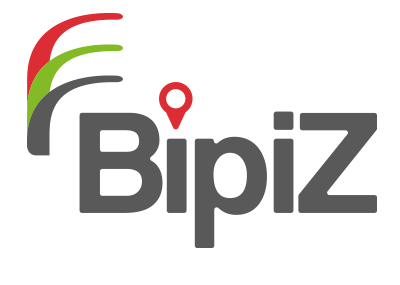DAMARTEX, a company conscious of its environmental responsibilities, decided to change things as far as the purchase of stationery items is concerned. This is indeed a cross departmental field and it enables every employee, as an integral part of the whole company, to become aware of how things can be changed.
DAMARTEX uses its stationery items in a responsible way
4. Environment
Waste management



Context
Objectives
- Cutting by 20% the use of stationery items with a high ecological footprint such as sheets of paper or print cartridges.
- Making a habit of purchasing stationery items labelled as organic.
APPROACH
- Recyclable paper is collected in specific boxes in every office, in partnership with the Clinitex cleaning company. Print cartridges are collected in partnership with the Conibi and Alter Buro companies to recycle them.
- Recyclable paper is used in priority. Documents that can be printed in a lower quality within the company (such as pay slips, and delivery slips) are identified, and printers and copying machines are provided so.
- Organic paper is very much used. This paper needs 20% less raw materials (water and wood) when being produced.
- Printing waste and envelopes containing internal documents are collected to make stationery items such as notebooks, file folders, etc.
- Some documents are converted to PDF files: product documents, some accounting documents and financial records.
- There are more and more departmental printers and fewer documents are printed by the employees as a result.
- Every employee is made aware of the very approach of the company. When stationery items are made available by the purchasing department, information is given on intranet and through posters located near the copying machines and the printers.
- Streamlined ordering of office supplies, with the introduction of a monthly order protocol, making it possible to reduce the number of deliveries and moreover transport-related CO2 emissions.
A Best Practice showcased by World Forum Lille in 2010 and updated in 2012 for its evolution.
CONTRIBUTION TO COMPANY PERFORMANCE
- Each ton of recyclable paper is bought for 37.59 Euros; Damartex’s revenues are 30,110 Euros a year as a result.
- One ton of recyclable cardboard is compensated at €15.70, with annual revenue amounting to €8,857.
- Converting printing waste into stationery items allowed Damartex to save €1,700 in 2011.
- Standardization of return envelopes inserted into each mailing sent to clients; reduction in weight: from 80 g to 70 g, i.e. approx. 12% less paper, resulting in a savings of €3,500.
Benefits
- In 2011, Damartex provided a paper refuse disposal company with 1,365 t recyclable paper and cardboard; its accounts for 23,203 trees, that is to say 464 t CO2 absorbed.
- 35% recycled organic A4 paper format was bought. This has saved 400 trees.
- The employees are proud of the corporate ethic and the way they now use stationery items.
- Workforce
- 3 300 (2020)
- Turnover
- 2019/2020 : 686 M€
- Country
- France
Contact
Anne-Sophie DUJARDIN - This email address is being protected from spambots. You need JavaScript enabled to view it.
















